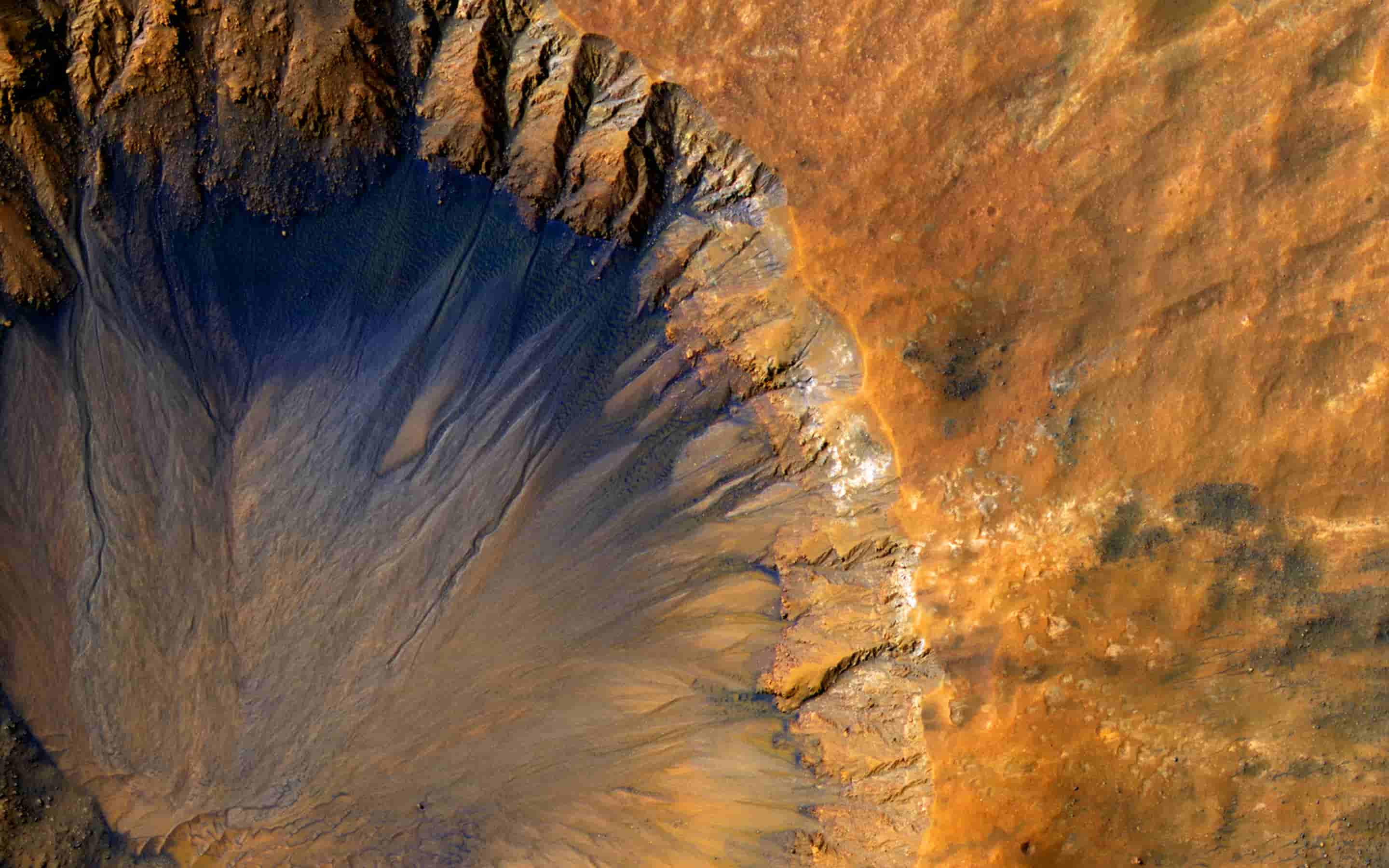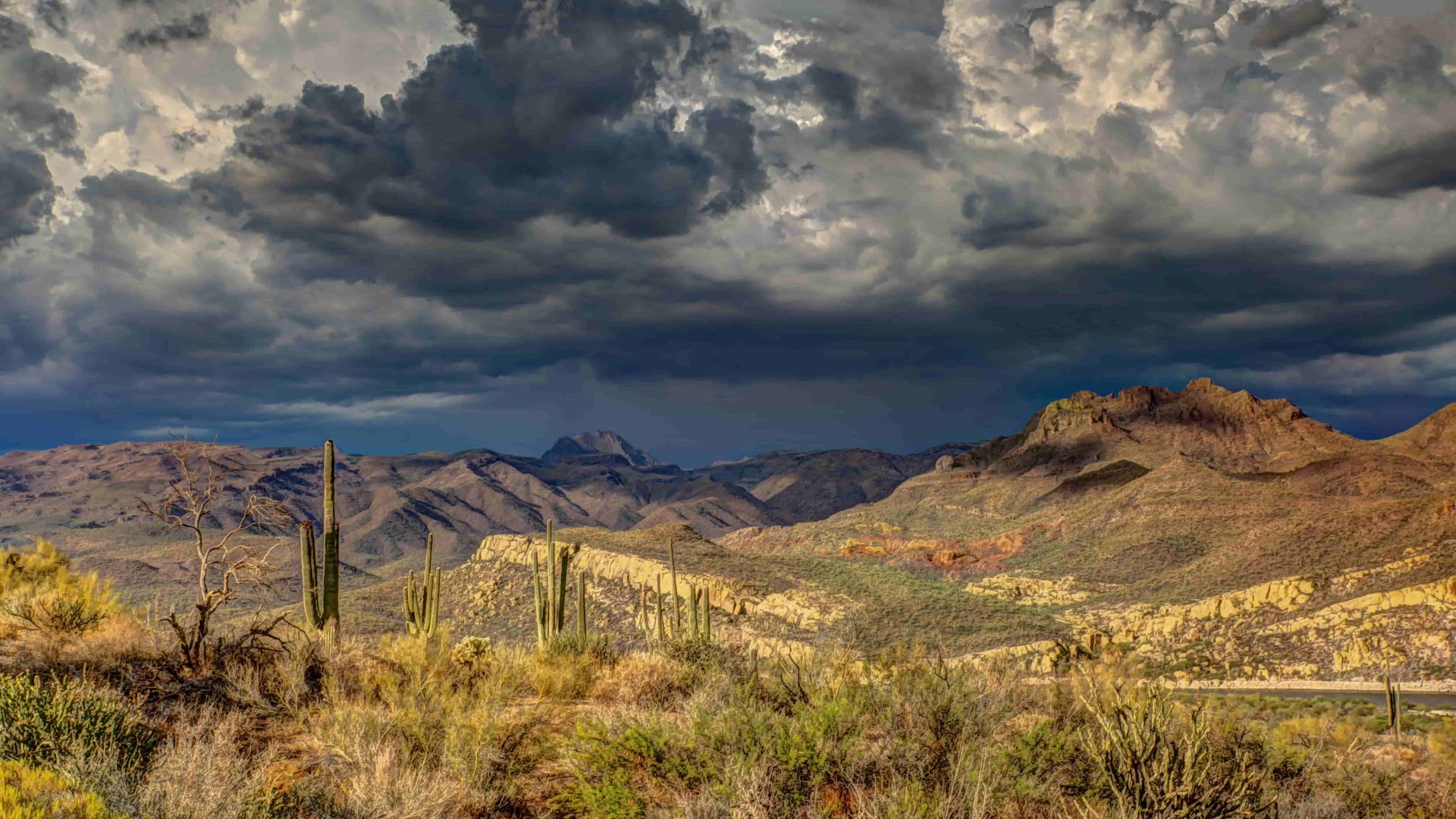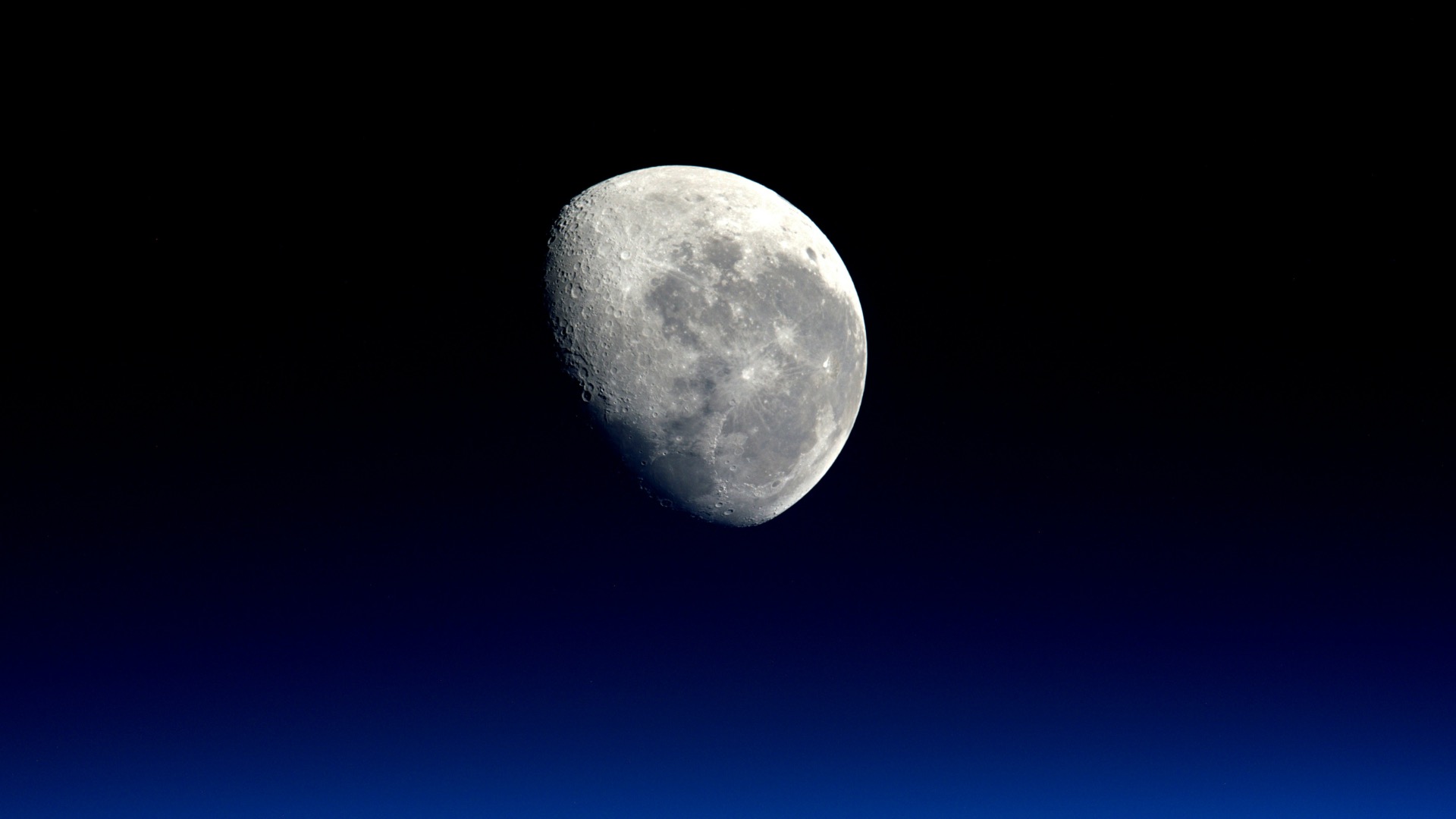Mars, often pictured as a cold, dusty world, may have had a much more dramatic and fiery past than we once believed. A new study has revealed that early Mars, more than 3.5 billion years ago, experienced diverse volcanic activity and processes similar to crustal recycling - something we previously thought happened only on Earth. By examining the ancient Eridania region, scientists have uncovered evidence that Mars wasn’t always a quiet planet dominated by simple basaltic rock. Instead, it was a dynamic world with explosive volcanoes, molten rock, and geological processes that hint at its complexity.
A New Picture of Mars’ Volcanoes
The Eridania region of Mars is one of the oldest parts of the planet, making it an ideal place to study its early history. Researchers found a surprising variety of volcanic structures there, including domes, shield volcanoes, calderas, and layered volcanic deposits. These findings suggest that Mars experienced a range of volcanic activities that resembled Earth’s early volcanic landscapes.
By analyzing the minerals in the area using thermal imaging, scientists found evidence of different types of volcanic rock. Some areas were dominated by basalt, a dark volcanic rock common across Mars. However, other regions contained silica-rich rocks like dacite, which form during more explosive volcanic eruptions. This diversity challenges the long-held belief that Mars’ volcanoes only produced simple, basaltic lava flows.
These explosive volcanic processes would have created towering plumes of ash and molten rock, reshaping the Martian landscape and leaving behind features still visible billions of years later. The presence of these silica-rich rocks suggests that Mars’ volcanic systems were far more complex than we ever imagined.
Crustal Recycling on Mars?
One of the most exciting discoveries from this study is evidence that Mars may have experienced a process similar to crustal recycling. On Earth, crustal recycling occurs when tectonic plates collide, forcing parts of the crust deep into the planet, where it melts and reforms. Mars doesn’t have tectonic plates like Earth, but researchers suggest it may have undergone “vertical tectonics.” In this process, parts of the Martian crust sank under their own weight, melted, and then resurfaced as new rock.
In the Eridania basin, scientists found signs of this process. Deep basins, some up to three kilometers deep, have crusts thinner than surrounding areas. These regions also show disrupted magnetic fields, a clue that the crust was once molten. This melting and reforming may have been responsible for the silica-rich volcanic rocks found in the area.
Why Does This Matter?
This discovery changes the way we think about Mars. For decades, scientists believed that Mars was a relatively simple planet with only one type of volcanic activity. The new findings show that Mars had a much more dynamic and varied geological past. These processes would have shaped the planet’s surface, atmosphere, and even its potential for life.
The Eridania basin is particularly intriguing because it was once home to ancient seas. Volcanic activity combined with water could have created environments similar to early Earth, where life first emerged. The combination of heat, water, and minerals would have been perfect for supporting microbial life. While there’s no direct evidence of life yet, this discovery adds to the growing body of research suggesting that Mars was once a more habitable world.
Mars and Earth: More Alike Than We Thought
The study also shows how planets like Mars and Earth share more in common than we realized. Both experienced explosive volcanoes, crustal recycling, and other complex geological processes during their early histories. Understanding how these processes worked on Mars helps scientists learn more about the evolution of planets, including our own.
This research could also help us prepare for future missions to Mars. By knowing where to look for silica-rich rocks and other signs of ancient activity, scientists can better target areas that might hold clues about the planet’s history - and even its potential for life.
Looking to the Future
The findings from the Eridania basin open up exciting new possibilities for Mars exploration. Future missions equipped with advanced tools could study these regions in greater detail, searching for evidence of ancient life or clues about how Mars evolved. Understanding the planet’s volcanic history could also help us predict how other planets might behave and evolve over time.
Mars’ story is far from over. Each discovery adds a new chapter, revealing a planet that was once alive with fire and transformation. The Eridania basin reminds us that even the quietest places can hold the most explosive secrets, and it’s a powerful reminder of how much we still have to learn about our neighboring world.


